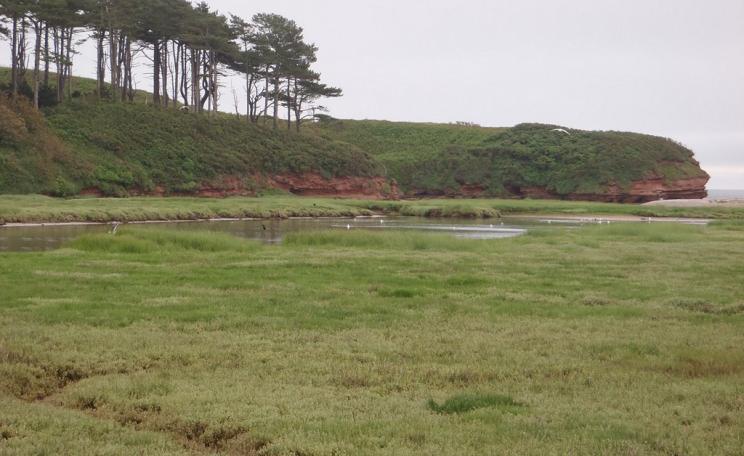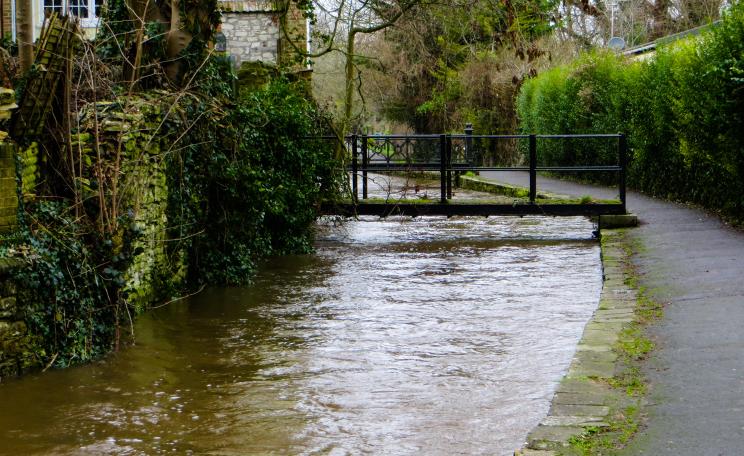Nature can be a powerful ally in the fight against rising seas, but only if we work with it, not just hope from it.
The question of how to defend the world’s coastlines becomes more urgent and more complicated as climate change accelerates.
Rising sea-levels and increasingly intense storms threaten nearly a billion people in low-lying zones. Many governments are therefore rethinking their reliance on traditional “grey” infrastructure, such as seawalls, groynes, and breakwaters.
These engineered defences are costly to maintain, often ecologically damaging, and known to unintentionally shift erosion and flood risk to downstream areas interrupting natural sediment flows.
Robust
In response, nature-based coastal solutions such as mangroves, saltmarshes, and seagrasses are increasingly gaining traction and being promoted as a more sustainable and adaptable alternative to buffer coastlines from flooding.
These systems can slow waves, trap sediments, store carbon, and support biodiversity. In theory, they offer a holistic solution: climate defence that also heals ecosystems. But a growing body of research is warning that the story is more complicated.
A recent review highlights the potential of vegetated coastal ecosystems to reduce wave energy and enhance shoreline stability, but it also points to a troubling lack of data on their long-term performance, especially in the face of accelerating sea-level rise.
These ecosystems, while ecologically valuable, are not immune to climate impacts themselves. Their structure, function and even survival can be affected by climate-related stressors such as warming seas, changing salinity, and increasing storm frequency.
The review calls for more targeted, empirical research to test how these systems perform in varied coastal contexts and under future conditions. Without robust modelling or long-term monitoring, many assumptions about their flood protection benefits remain speculative.
Erosion
That knowledge gap is now slowly beginning to narrow. A recent modelling study simulated different saltmarsh scenarios – representing young, mid-age and mature systems – along a vulnerable coastal stretch in the US. The findings provide much-needed evidence on how vegetative systems might respond to future sea-level rise.
Nature can be a powerful ally in the fight against rising seas, but only if we work with it, not just hope from it.
The results were mixed. While vegetation slightly reduced water depth and flow speed in some scenarios, it had little to no impact on the overall extent or timing of flooding. As sea levels rose, even these modest benefits faded. In essence, the study revealed that while nature can slow the floodwaters, it may not stop them.
These results reinforce what many coastal managers have long suspected: vegetative defences can help, but they are not a silver bullet. In isolation, they may struggle to match the protective power or reliability of engineered structures, especially in high-risk areas.
Vegetated flood defences are also shaped by ecological and seasonal variations. Their effectiveness depends on plant species, density, flexibility, and structure.
Seagrasses, for example, may offer strong attenuation during peak growth seasons but lose much of that benefit when biomass declines during the winter season. Saltmarshes can trap sediment and reduce erosion, but only when well-established and properly maintained.
Fragile
These systems also take time – often decades – to mature. A mangrove forest planted today may not provide meaningful protection for years, by which time sea-levels may have risen substantially. This time lag poses a serious challenge in places already facing urgent flood threats.
Climate change introduces further unpredictability. More frequent and intense storms can damage or uproot vegetation, while saltwater intrusion or rising temperatures may stress or kill certain species. In this sense, nature-based solutions are not only defenders against climate change – they are also vulnerable to it.
Beyond the ecological uncertainties lie deeper social and institutional hurdles. While nature-based approaches are often popular in principle – for their beauty, biodiversity and ‘soft’ aesthetics – many coastal communities remain sceptical of their effectiveness.
This is partly a question of visibility. Seawalls and groynes offer immediate, tangible protection. Their presence signals safety. By contrast, a stretch of marsh or mangrove may appear passive, even fragile, raising doubts about whether it can truly hold back the sea.
Co-benefits
This trust gap is compounded by the lack of standardised frameworks to evaluate and compare NBCS performance across sites. Policymakers and planners often lack the tools or data to make informed decisions.
Meanwhile, limited funding, short-term political cycles, and siloed governance structures make long-term investments in nature-based solutions more difficult to sustain.
There is also a challenge of cross-sector collaboration. Engineers, ecologists, urban planners and community stakeholders don’t always speak the same language. Effective deployment of NBCS requires bringing together diverse knowledge systems, something that many institutions are only beginning to embrace.
None of this means nature-based solutions should be dismissed. In fact, their multiple co-benefits, from carbon sequestration and habitat restoration to improved water quality, make them a valuable addition to any coastal resilience strategy.
Powerful
But enthusiasm must be matched by evidence and pragmatism. As recent research suggests, NBCS may work best not as replacements for grey infrastructure, but as complementary components in a hybrid model. A vegetated buffer paired with an elevated seawall, for instance, could reduce wave energy before it reaches the barrier, lowering stress on the structure and potentially prolonging its lifespan.
Designing such integrated systems requires careful, site-specific planning, robust long-term monitoring, and a willingness to adapt as conditions change.
Ultimately, the path forward is not just about choosing between grey and green solutions. It is about rethinking how we value and manage coastal spaces in a rapidly changing world. That means moving beyond binary approaches , and beyond reactive, trial-and-error strategies.
The promise of green flood defence can only be realised if we invest in understanding not just what works, but when, where, and why it works. Nature can be a powerful ally in the fight against rising seas, but only if we work with it, not just hope from it.
These Authors
Dr Avidesh Seenath is the course director for the MSc environmental change and management at the University of Oxford, where he also lectures. His research interests are in coastal systems behaviour, modelling, and management.
Yengi Emmanuel Daro Justine is a graduate of MSc in Environmental Change and Management from the University of Oxford and currently works as an Environment and Social Development Specialist Consultant at the World Bank, with research interests in coastal flood risk management, application of nature-based solutions and flood risk modelling.




